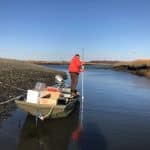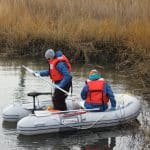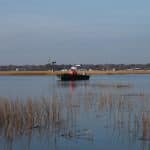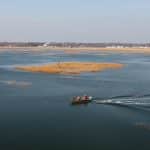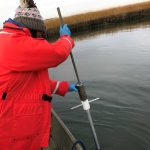Selected by the USEPA to conduct environmental investigations and remediation of multiple commercial and residential properties impacted by off-site contamination from the Raymark Industries Superfund Site located in Stratford, CT
Selected by EPA to provide CERCLA-level remedial investigation and remediation expertise at multiple commercial and residential properties that previously received excess fill material from the Raymark Industries plant which had manufactured automotive and heavy brake and clutch friction parts using asbestos, lead, copper, and a variety of adhesives and resins.
The 34-acre Raymark Superfund Site was a manufacturer of automotive breaks, clutch parts, and other friction components and operated until 1989 leaving behind highly-contaminated manufacturing waste which was historically disposed of as fill on-site but, over time, waste material was also disposed of within the Town of Stratford at 60+ residential, commercial, recreational, and municipal properties throughout Stratford. In addition, several wetland areas in close proximity to the Housatonic River were also filled in with Raymark’s manufacturing waste. Primary contaminants of concern include asbestos, lead, copper, PCBs, and volatile organic compounds.
Over several years, Nobis conducted multiple CERCLA-level soil and groundwater remedial investigations to establish the nature and extent of contamination, developed remedial alternatives and feasibility studies, and conducted various related engineering evaluations. Nobis also directed multiple source area removal actions, conducted human health and ecological risk assessments, developed and screened remedial alternatives, and prepared remedial design submittals. Also provided comprehensive community involvement, Proposed Plan, and CERCLA Record of Decision (ROD) support to EPA and other project stakeholders.
challenges
- Highly complex project comprised of 60+ impacted properties organized into nine operable units based upon nature and extent of contamination and proposed remedial actions.
- Multiple project stakeholders, adjacent residential property owners, and a highly engaged Community Advisory Group were focused on this project
solutions
- Conducted multiple remedial investigations and feasibility studies simultaneously in order to achieve stringent EPA Record of Decision deadlines and accelerate planned reuse and redevelopment efforts.
- Provided significant community support including attending community advisory group meetings, preparing fact sheets, poster board charette sessions and to present planned remedial actions, progress, and address community concerns.
- Contamination is located throughout a highly developed urban area and in various settings, including residential, wetlands, tidal creeks and coastal zones.
results
Through our collaboration and partnerships with EPA, Connecticut Department of Environmental and Energy (CT DEEP), the City of Stratford, the community and other stakeholders, several operable units have approved RODs, gone through Remedial Design and now are in active remediation. These efforts will remove impacted material and reduce risks to human health and the environment throughout the community.
